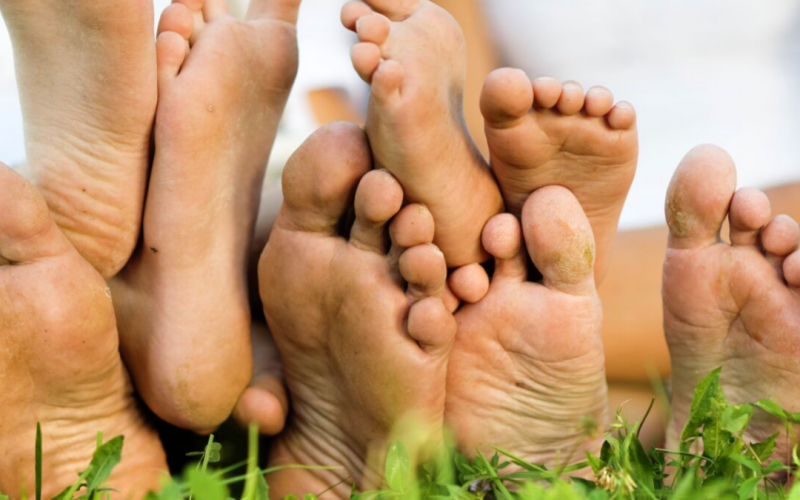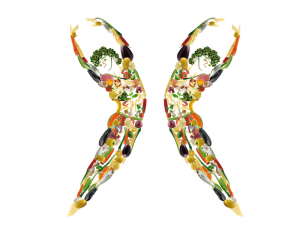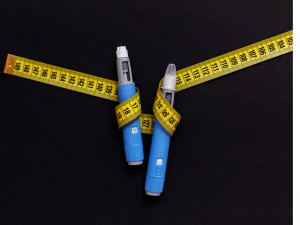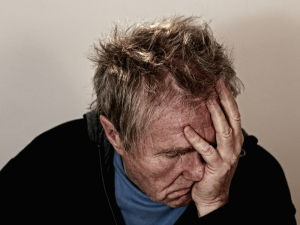Our feet are one of the hardest working parts of the body and under constant stress. It’s easy to take them for granted, they hang around at the end of our legs, trying to adapt to being jammed into a pretty but often ill-fitting shoe or being smothered inside socks and trainers. They may take 10,000 steps a day, so it’s no surprise that 80% of us will experience a problem with our feet at some point.
SaveSave
SaveSave
SaveSave
SaveSave
SaveSave
SaveSave
SaveSave
SaveSave
SaveSave
SaveSave
SaveSave
SaveSave
SaveSave
As the summer approaches, many of us “release our feet” from their hibernation of thick socks and winter shoes. Still, sadly, one in five women revealed that their feet embarrass them, while many of us (men and women) treat them as a foe, shoving them into narrow or worn down shoes, ignoring callouses, corns, and fungal infections.
The foot is an amazingly intricate part of our body with 26 bones, 33 joints, 19 muscles plus 100 ligaments and tendons.
The foot is an amazing, intricate part of our body with 26 bones, 33 joints, 19 muscles plus 100 ligaments and tendons.

Foot facts
- Over, 50% of adults have one foot larger than the other.
- Over the last 40 years, our feet have got bigger, the average shoe size for women is now size 6 (it was a size 4 in the 1970s). With the average shoe size for men now being a 10 (up from size 8)
- The average person uses their feet to walk 150,000 miles in a lifetime which is equivalent to walking around the world five times!
- Feet can flatten out as you get older (or heavier) and bet bigger during pregnancy.
- A teenagers foot produces an egg cup of sweat on a summers day, so remind them to kick-off those trainers and synthetic socks to give their feet some fresh air.
- Babies have flat feet at birth because their feet are plump and the arches are not yet formed. 90% are born with perfectly healthy feet; the foot arches are usually fully developed by the age of 6. Allowing children’s feet to grow and develop naturally will help them remain healthy, strong and flexible, walking barefoot is best for little feet.
- Feet are at their largest in the afternoon, to ensure a proper fit to buy new shoes later in the day.
Foot problems
Many factors affect the condition of our feet: how active we are, our occupation, our general health, and the shoes we wear, according to podiatrists footwear is the biggest cause of foot problems in the UK. Also, our feet can show if the body is under threat from a serious disease. Gout, for instance, will attack the joints in the foot first.

How to keep your feet in tip-top condition.
- Keep them clean and dry; fungal problems love moisture, take time to dry thoroughly between each toe.
- Examine feet once a week for problems. Look any peeling or scaling between the toes, or discolouration of the nails. Those with Diabetes should inspect their feet daily.
- Cut toenails straight across and avoid trimming too close to the skin or drastically rounding the corners of the nails, which can cause painful ingrown toenails.
- Don’t hide ugly toenails with nail polish. A discoloured, thick, cracked, or crumbling nail could be a sign of a fungal infection.
- Protect feet in wet areas at the gym and public swimming pools.
- Each foot has a staggering 250,000 sweat glands; perspiration creates the perfect environment for bacteria to grow. For those with a tendency towards sweaty feet wearing socks that wick away moisture can be helpful, along with choosing breathable footwear.
- Wear shoes that fit correctly, to avoid the long-term foot problems of wearing tight or narrow shoes.
- Any pain, redness, swelling, or nail discolouration that persists should be checked out by a podiatrist (aka as a chiropodist)

Exercising feet?
- The muscles of our feet make up 25% of the body’s tissues. Yet, many of us ignore our feet when we consider how we exercise, which is like eliminating upper-body exercises from a workout routine.
- Foot strength and flexibility directly influence proper foot mechanics, gait patterns, ankle stabilisation, and whole-body balance. Our feet need training and conditioning, just like the rest of the body. For the muscles, wearing shoes is like putting a cast on your arm after a bone break: without regular use, the muscles atrophy (waste).
- The big toe (aka the great toe) is fundamental to natural movement, helping us to balance with every step and acting as a pivot point for the movement. Any imbalances in the joints or musculature in our feet will alter how we walk and run, which in the long term can cause problems and overuse injuries. Dysfunction in our feet can lead to serious issues, including knee pain, hip problems or lower backache.
- Going barefoot can be beneficial for re-aligning and re-strengthening the muscles in our feet. Walking barefoot indoors is easy, and strolling outdoors when the weather is warmer is an option in a garden, on the beach (if its hazard-free). Giving our feet a chance to feel free while wiggling a toe or two is great for our nervous system and general wellbeing.
Tip: The tops of the feet are vulnerable to sunburn, so don’t forget to slap on the sunscreen.
Many factors can affect our feet: ageing, health, and Diabetes are just a few. As we age, we lose some of the cushioning fat on the balls of the feet, which can make them more vulnerable to aches and pains. Movement and exercises that restore the length and resilience of lower leg muscles are essential and a good starting point to keep feet healthy. There are usually simple exercises which can develop active connections with our feet, and lead to improved function up the kinetic chain in the body. For example; in a pilates class, heel rises during spine curls, or squatting with proper alignment will help create a strong base of support for healthy happy feet.
In need of some help?
Learn how to get strong, flexible feet in the “Make friends with your feet & ankles Karma class.”







